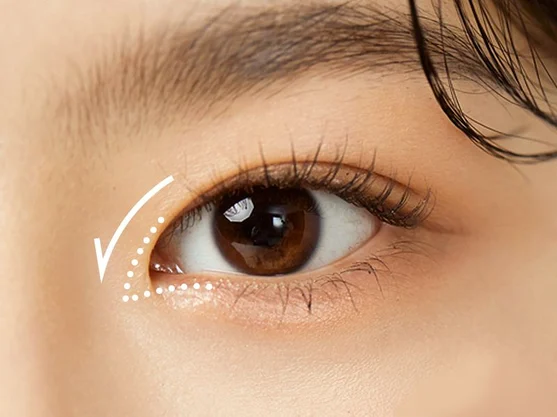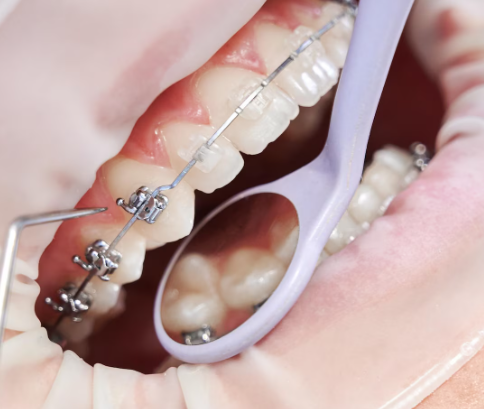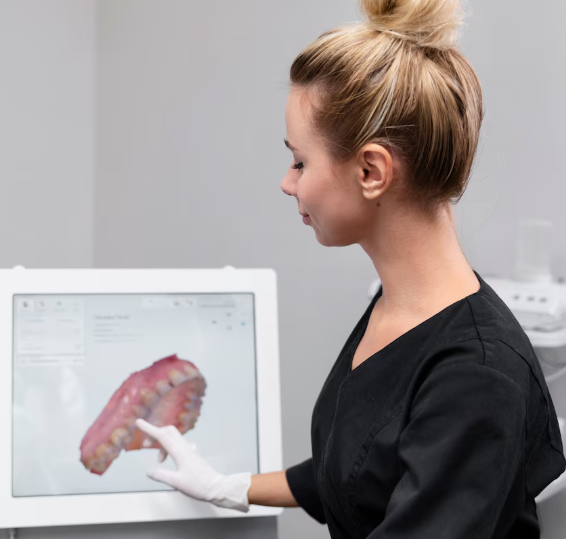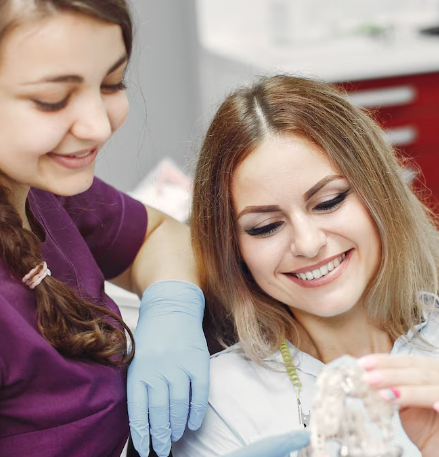Treatment Overview
Blepharoplasty for a defined eyelid crease, also known as double eyelid surgery, is one of the most popular cosmetic procedures in Korea. This surgery creates a natural-looking upper eyelid fold, enhancing the definition of the eyes and making them appear larger, brighter, and more youthful.
Unlike Western-style blepharoplasty, the Korean approach focuses on harmony and subtlety, ensuring that the crease looks natural and proportionate to the patient’s facial features. Surgeons in Korea specialize in multiple techniques—such as the non-incisional (suture) method, partial incision, and full incision method—to customize results based on eyelid anatomy and patient preference.
Purpose & Benefits
- Creates a natural, symmetrical double eyelid crease.
- Enhances the size and brightness of the eyes.
- Improves eyelid definition for sharper, more youthful appearance.
- Corrects asymmetry or absence of a crease.
- Can improve functional issues such as drooping eyelids or vision obstruction.
- Customized to match ethnic features for a natural balance.
Ideal Candidates
This procedure is suitable for individuals who:
- Have monolids or very faint eyelid creases.
- Desire larger, more defined eyes without looking unnatural.
- Have uneven or asymmetric eyelid folds.
- Experience eyelid sagging that affects appearance or vision.
- Are in good health and have realistic expectations.
Possible Risks & Complications
While generally safe in Korea, potential risks may include:
- Temporary swelling and bruising.
- Asymmetry in crease height or shape.
- Visible scarring (rare with skilled surgeons).
- Infection or delayed healing.
- Overcorrection or undercorrection requiring revision.
Surgical Techniques Used
Korean surgeons carefully select the method based on eyelid thickness, skin laxity, and patient goals:
- Non-Incisional (Suture) Method – Uses tiny sutures to create a crease without cutting; minimal downtime, best for younger patients with thin eyelids.
- Partial Incision Method – A hybrid technique combining sutures with a small incision; allows more stability while minimizing scarring.
- Full Incision Method – Recommended for thicker or droopy eyelids; removes excess skin, muscle, or fat to create a permanent crease.
- Epicanthoplasty (if needed) – To refine the inner eye corner and enhance definition.
- Ptosis Correction (if needed) – For functional improvement if eyelid drooping blocks vision.
Recovery & Aftercare
- Downtime: 5–7 days for suture removal; swelling may take 2–3 weeks to subside.
- Bruising & Swelling: Typically resolves in 1–2 weeks, though full refinement may take 2–3 months.
- Aftercare in Korea: Includes anti-swelling injections, LED light therapy, and scar prevention care.
- Return to Routine: Light activities within a few days; makeup after 1–2 weeks.
Results & Longevity
Results are long-lasting, especially with partial or full incision methods. The eyelid crease remains natural and permanent, enhancing the eyes’ openness and overall facial balance. Non-incisional methods may be less permanent but are easily adjustable or reversible.
Treatment Process in Korea
1. Consultation
- Digital imaging to preview crease shapes and heights.
- Discussion of ideal crease style (parallel, tapered, natural).
2. Pre-Surgery Preparation
- Eyelid and skin evaluation.
- Selection of the most suitable surgical technique.
3. Surgery
- Performed under local anesthesia with sedation.
- Duration: 30 minutes to 1 hour depending on the method.
4. Immediate Recovery
- Minimal discomfort managed with cold packs.
- Swelling and bruising controlled with clinic aftercare treatments.
5. Follow-Up Care
- Stitches (if applicable) removed after 5–7 days.
- Ongoing check-ups to monitor healing.
Why Korea?
- Specialized Surgeons: Korean plastic surgeons are globally recognized for expertise in blepharoplasty.
- Natural Results: Focus on subtlety and balance rather than dramatic change.
- Advanced Techniques: Options for incision, non-incision, and hybrid methods tailored to each patient.
- Comprehensive Care: Clinics provide structured aftercare, including swelling reduction treatments.
- Medical Tourism Services: Translation, accommodation, and recovery packages available for international patients.
Cost Range
The cost of blepharoplasty for a defined eyelid crease in Korea varies depending on technique and complexity:
- Non-Incisional Method: ₩1,500,000 – ₩3,000,000 KRW ($1,200 – $2,400 USD)
- Partial Incision Method: ₩2,000,000 – ₩4,500,000 KRW ($1,600 – $3,600 USD)
- Full Incision Method: ₩3,000,000 – ₩6,000,000 KRW ($2,400 – $4,800 USD)
- Additional costs may apply for epicanthoplasty, ptosis correction, or premium aftercare packages.
Popular Clinics
- ID Hospital (Seoul): Famous for natural double eyelid surgery.
- Banobagi Plastic Surgery: Offers customized crease design and scar-minimizing techniques.
- JW Plastic Surgery: Specializes in incision methods and functional corrections.
- View Plastic Surgery Clinic: Known for fast recovery care systems.
- MINE Plastic Surgery Clinic: Popular with international patients for subtle, natural results.




